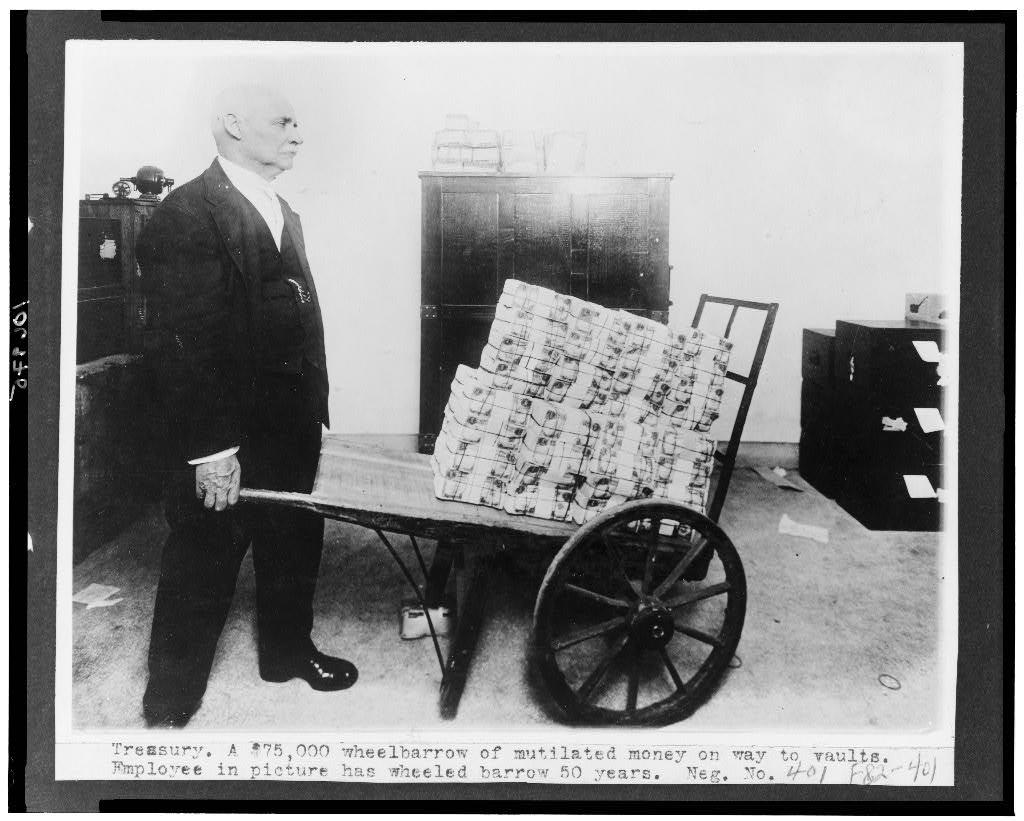Booster for Financial Evolution
The Evolution of Financial Trust
The core of financial services is trust. Thirty years ago, no one trusted a digital number on a cell phone to represent real financial assets. Today, children ask if dollar bills are “real money.”
From clam shells to gold, currency bills to bank passbooks to digital wallets—human history reveals waves of financial evolution. Each wave begins with convenience and ends with complete trust.

During the reign of King Shapur I of the Sassanian Dynasty (AD 241 – 271), silver coins bearing his likeness circulated across Persia’s expanding empire. Measured precisely at 2.5 cm in diameter, these coins embodied both metal purity and sovereign authority.

Fast-forward to 1499 France: King Louis XII minted gold coins bearing his own portrait. This act bound value to both metal purity and sovereign authority—a physical guarantee of legitimacy.

By the 1910s U.S. Treasury, trust evolved into institutional form. By removing imperfect bills, governments maintained the collective belief that every note in your hand was clean, authentic, and redeemable—trust, upheld by vigilance.
No one denies that agentic finance will free human bandwidth and deliver unprecedented convenience. Yet humans react with deep concern: What if my AI agent loses my money? What if it makes financial mistakes? Who ensures my assets remain whole?
Financial infrastructure is rooted in trust. To cultivate trust, financial systems must leverage world-class risk management. This truth resonates across everyone—customers, developers, and regulators alike: people won’t trust agents to move money until the system demonstrably earns that trust. Developers need assurance that if something goes wrong—if an agent makes a mistake or gets exploited—the infrastructure will detect it, correct it, and provide recourse. This isn’t a feature. This is the foundation.
Updated about 2 months ago